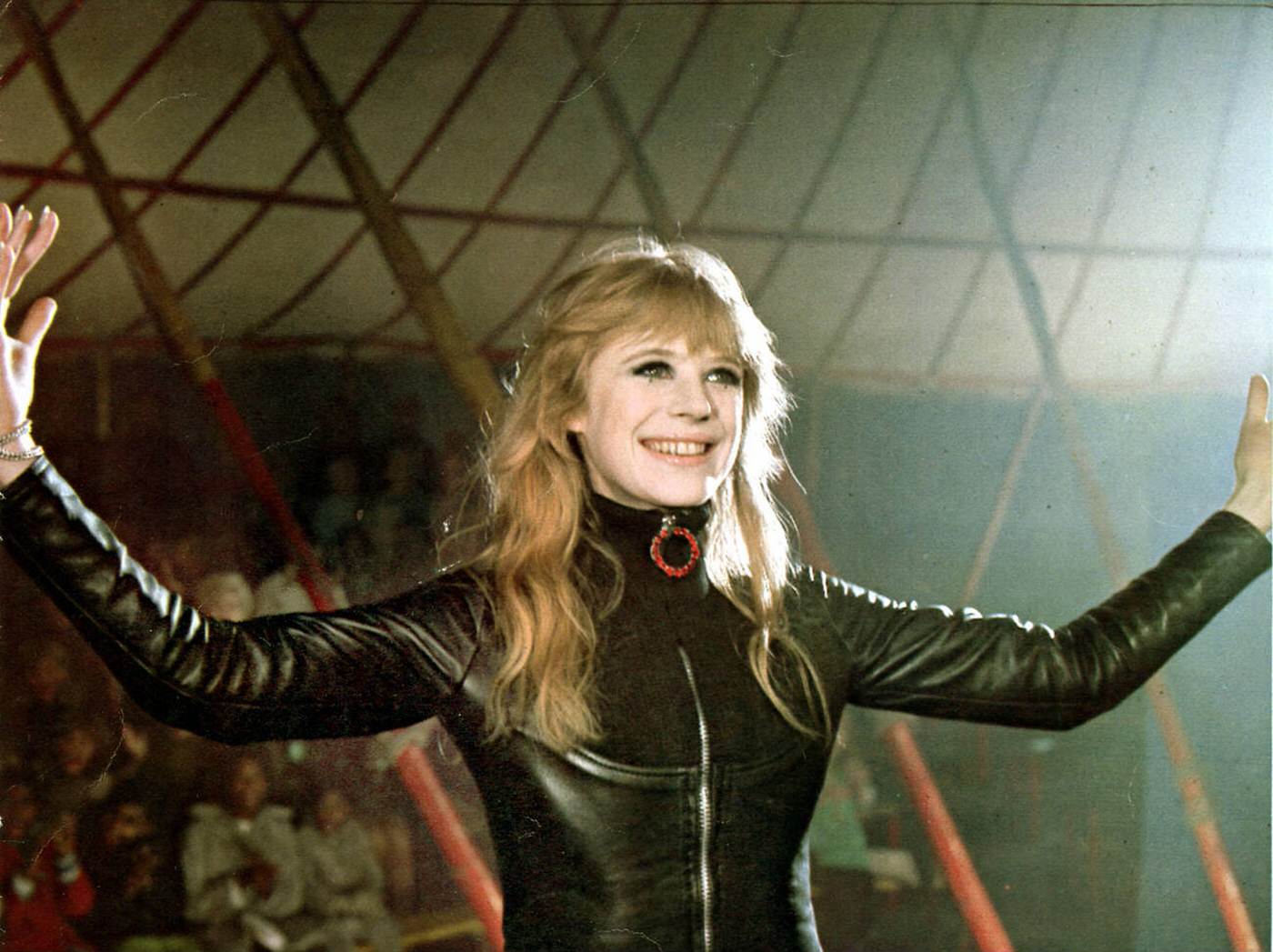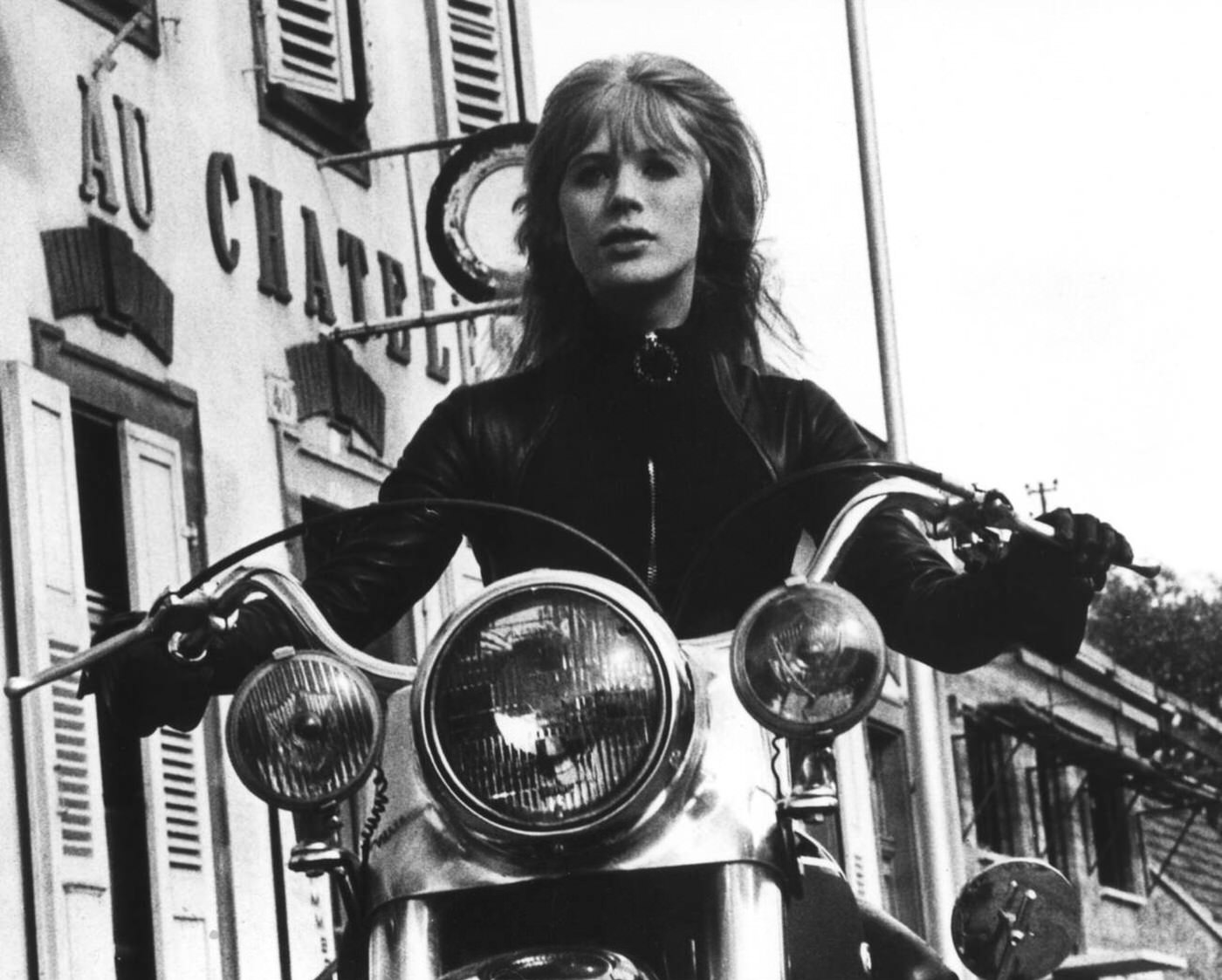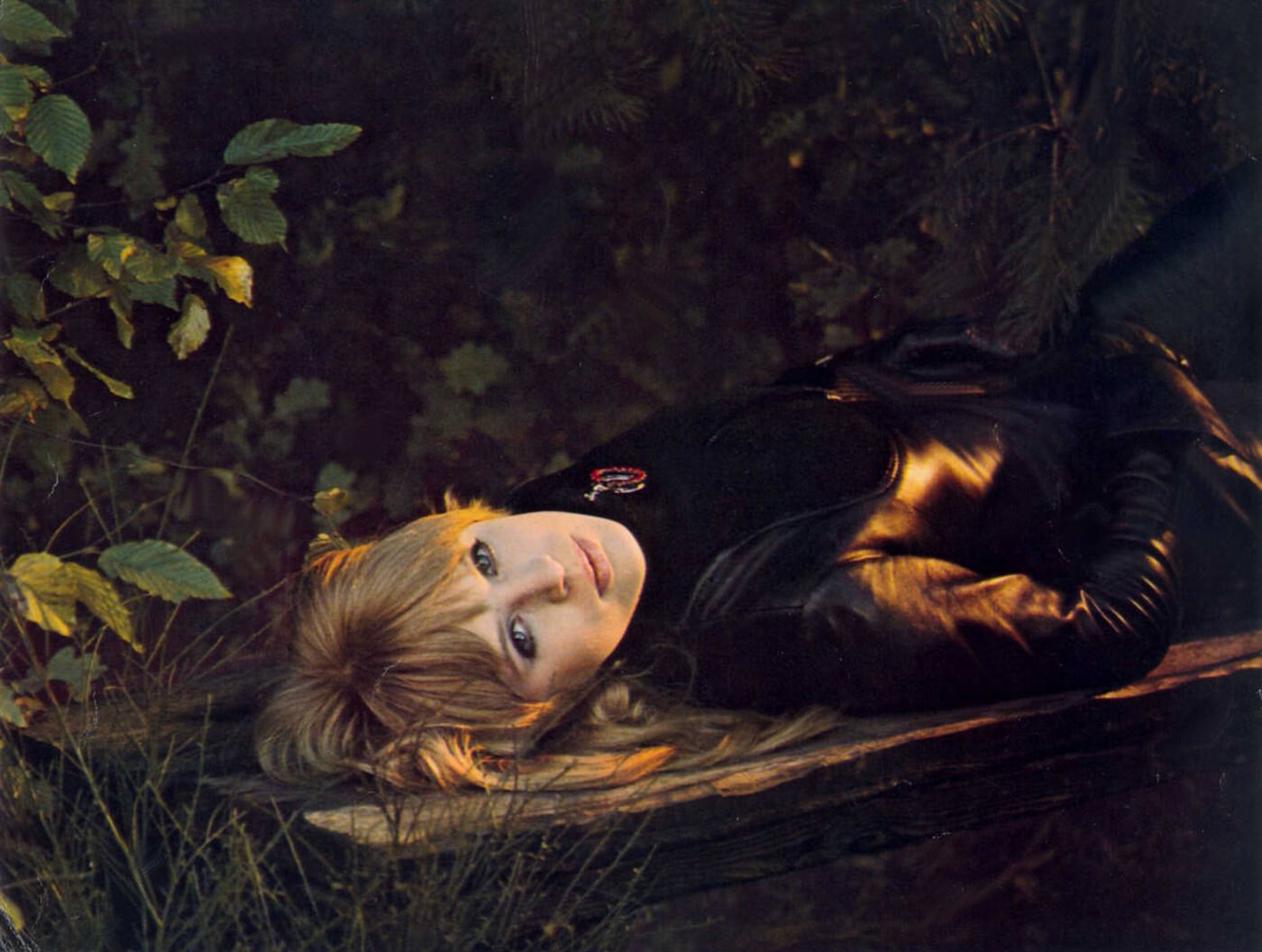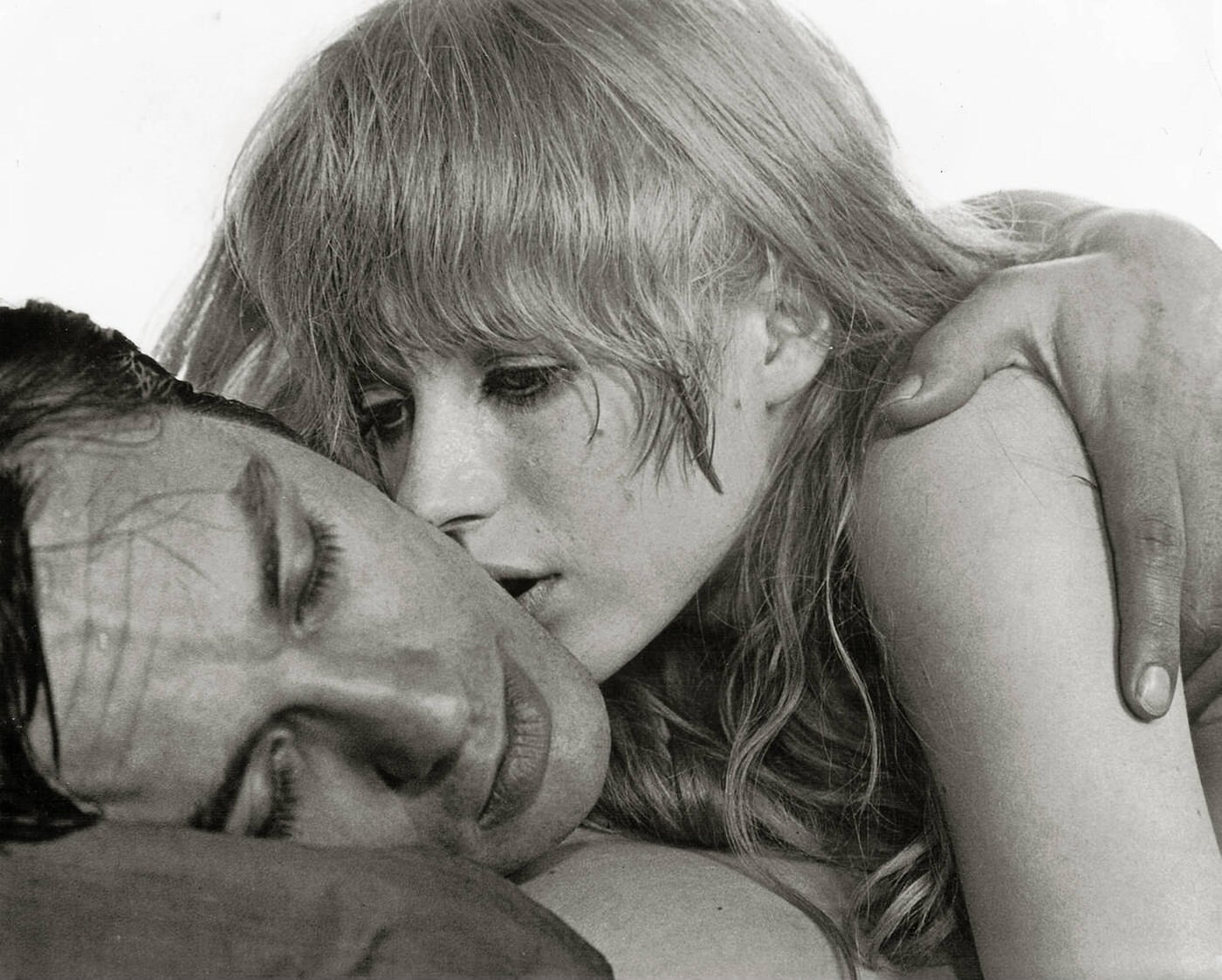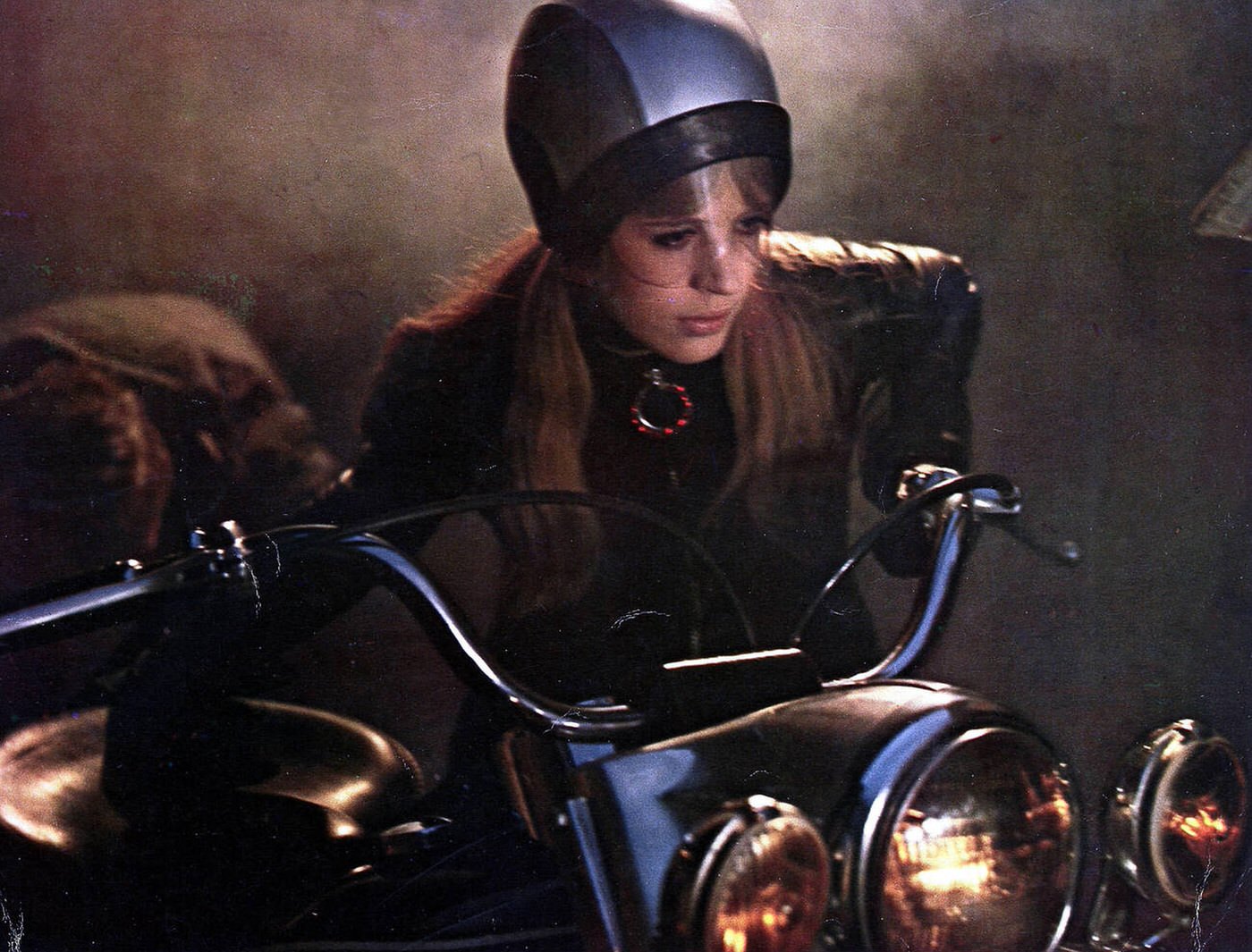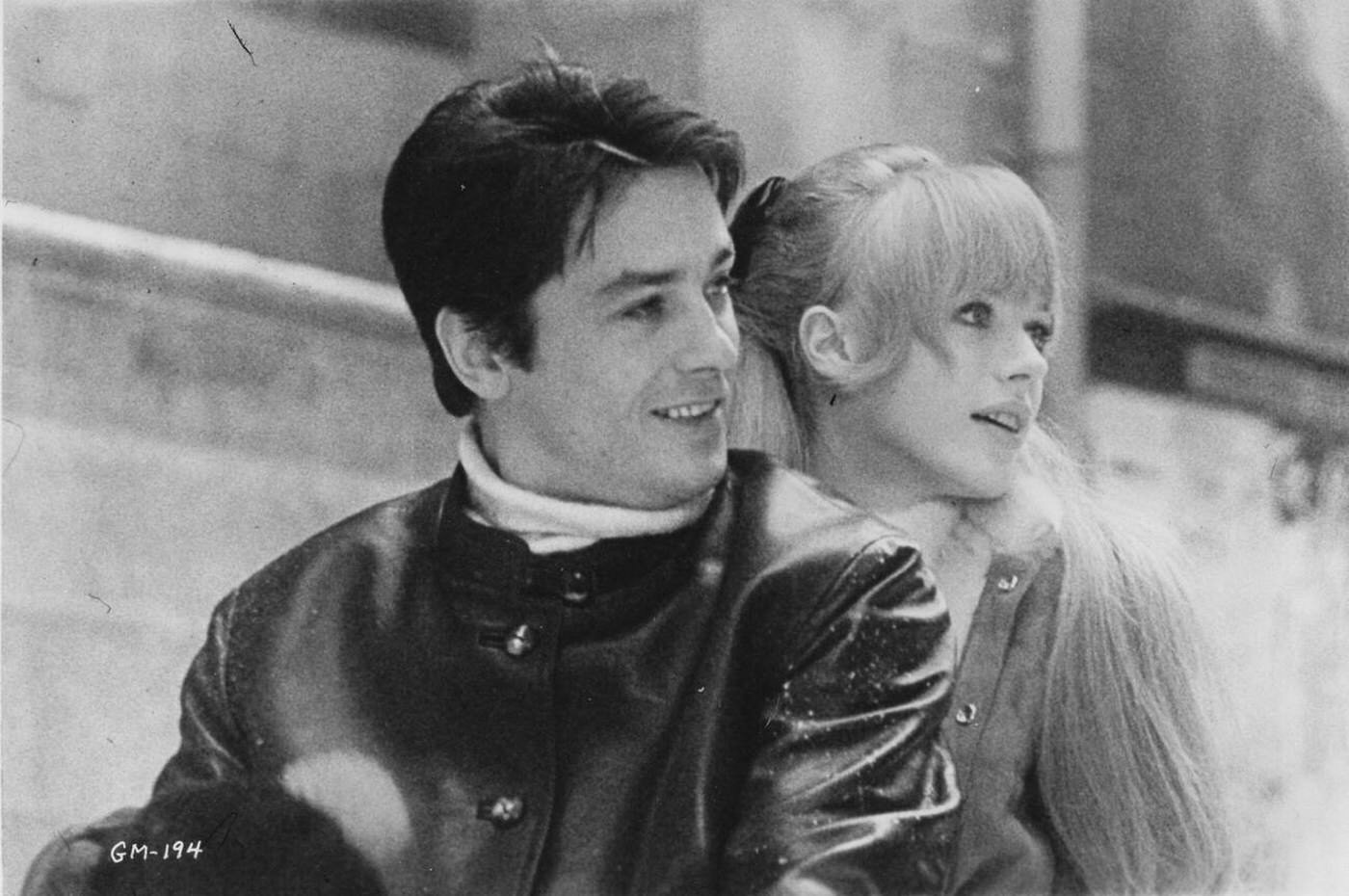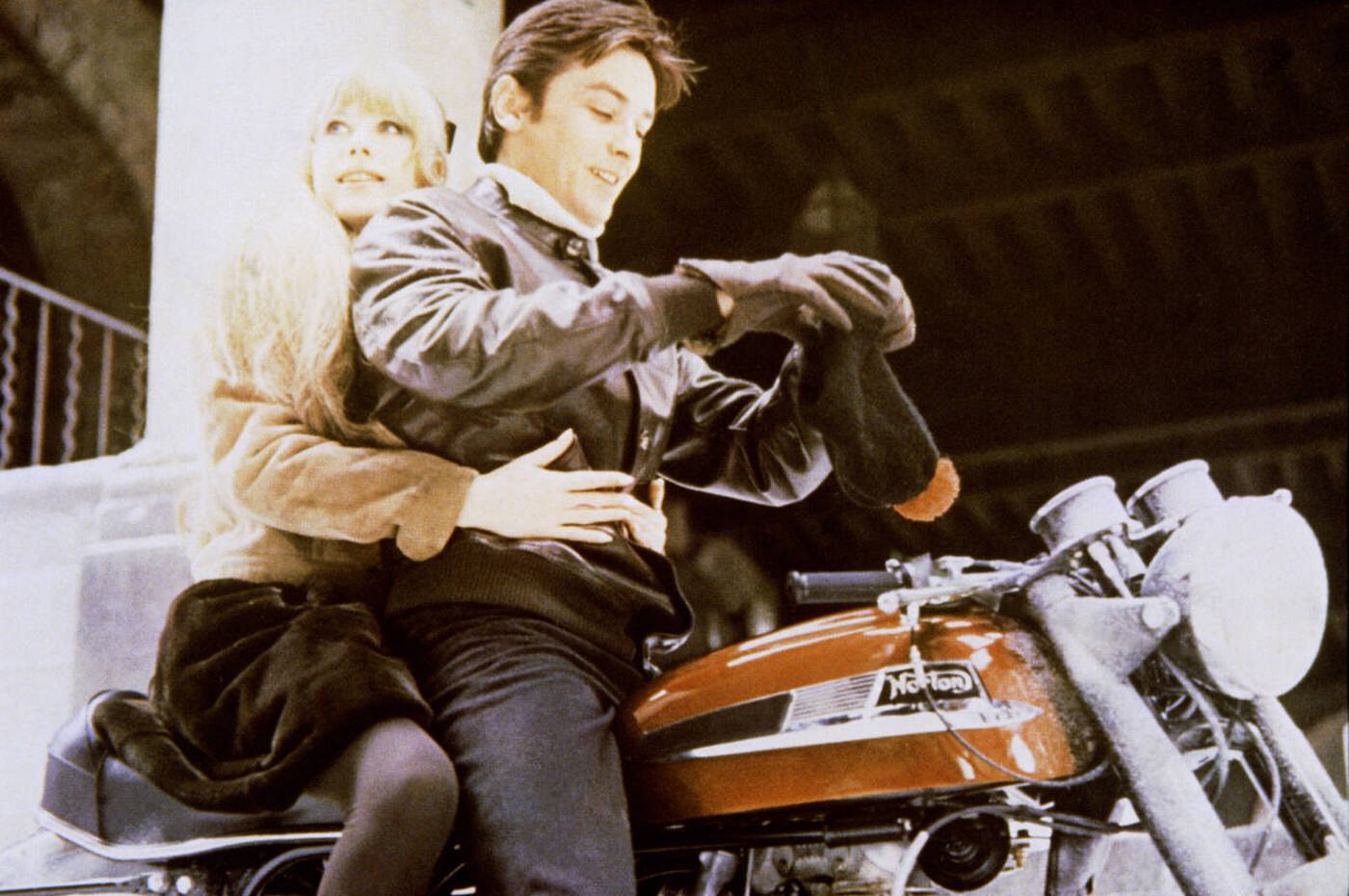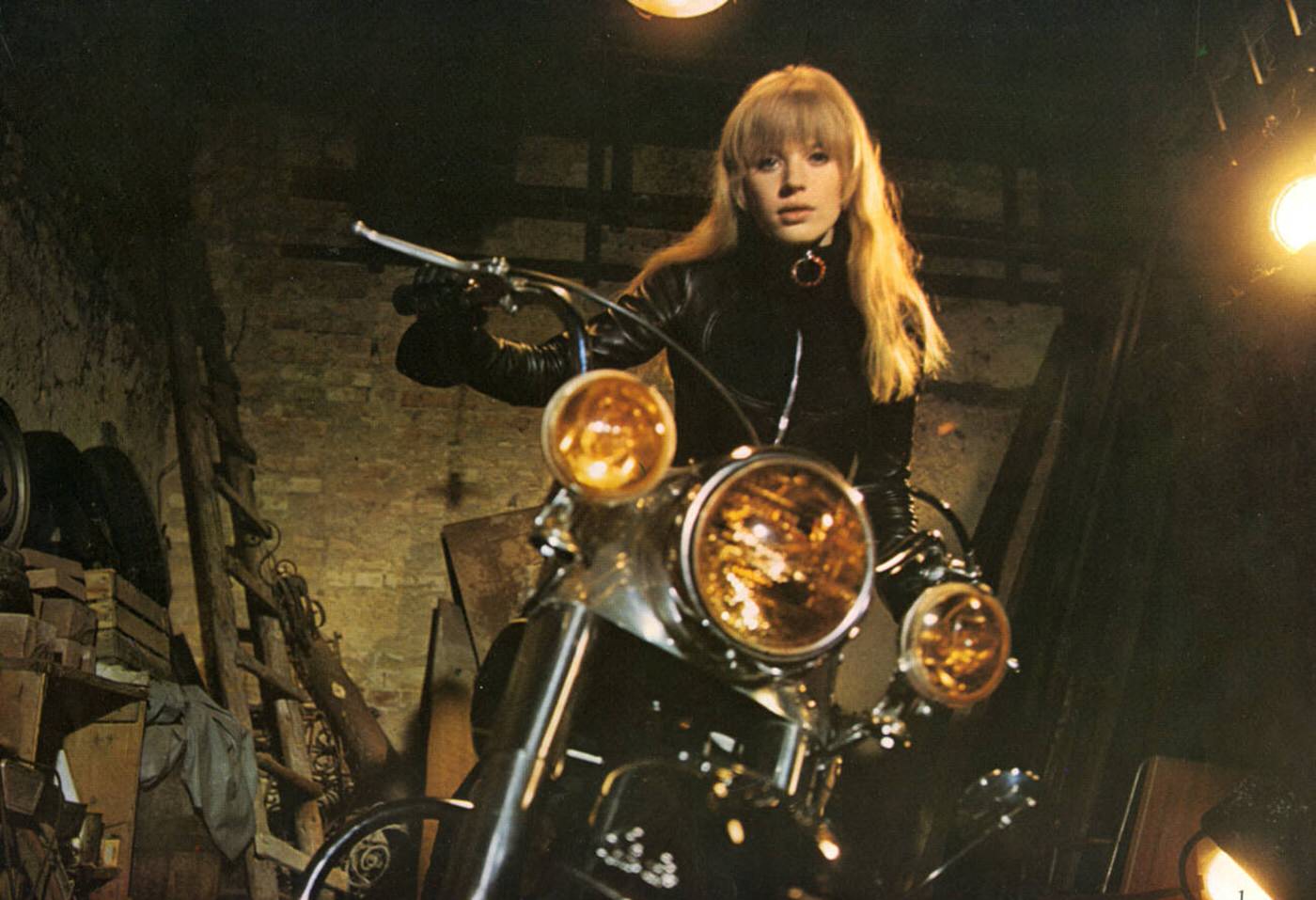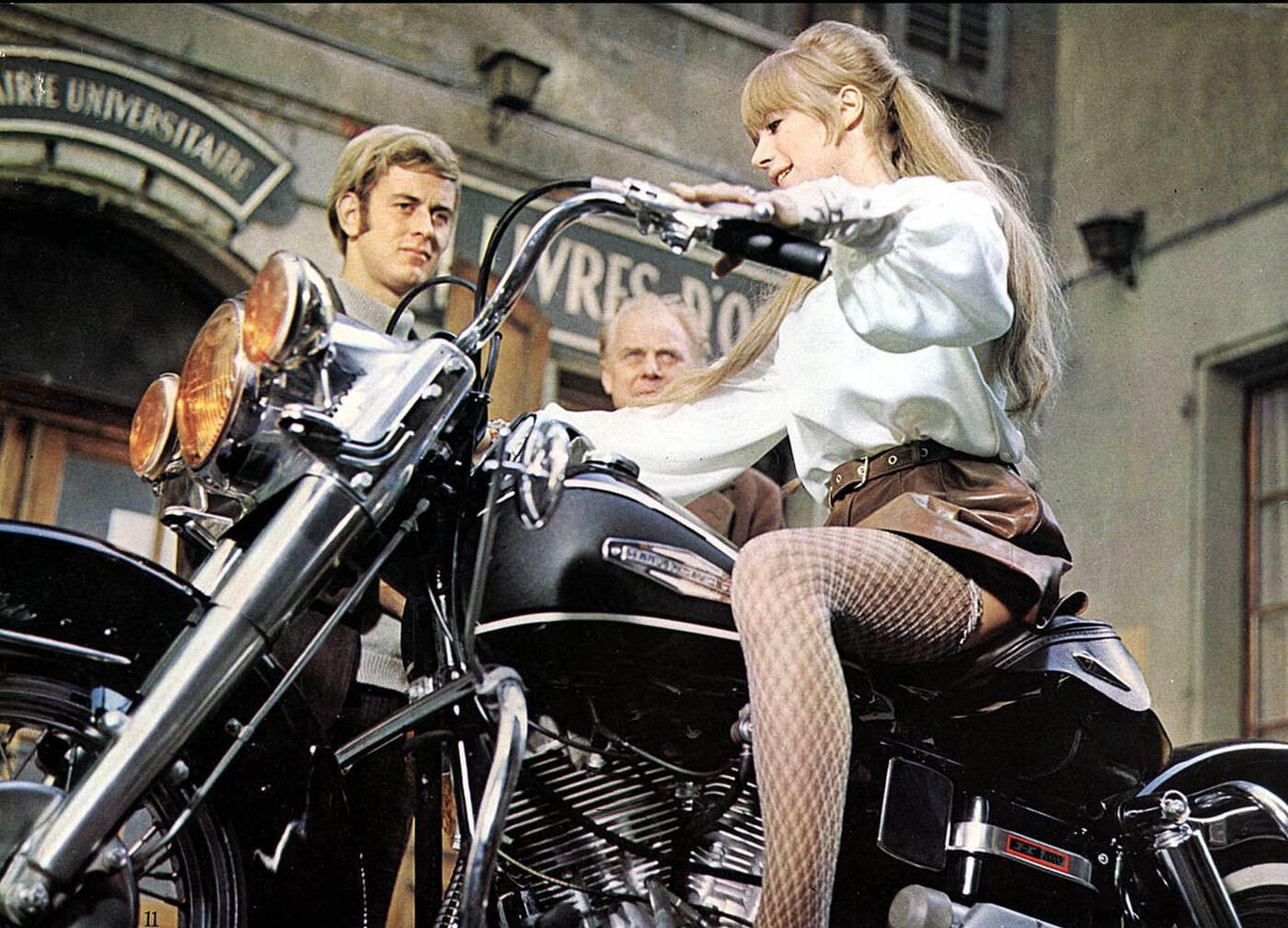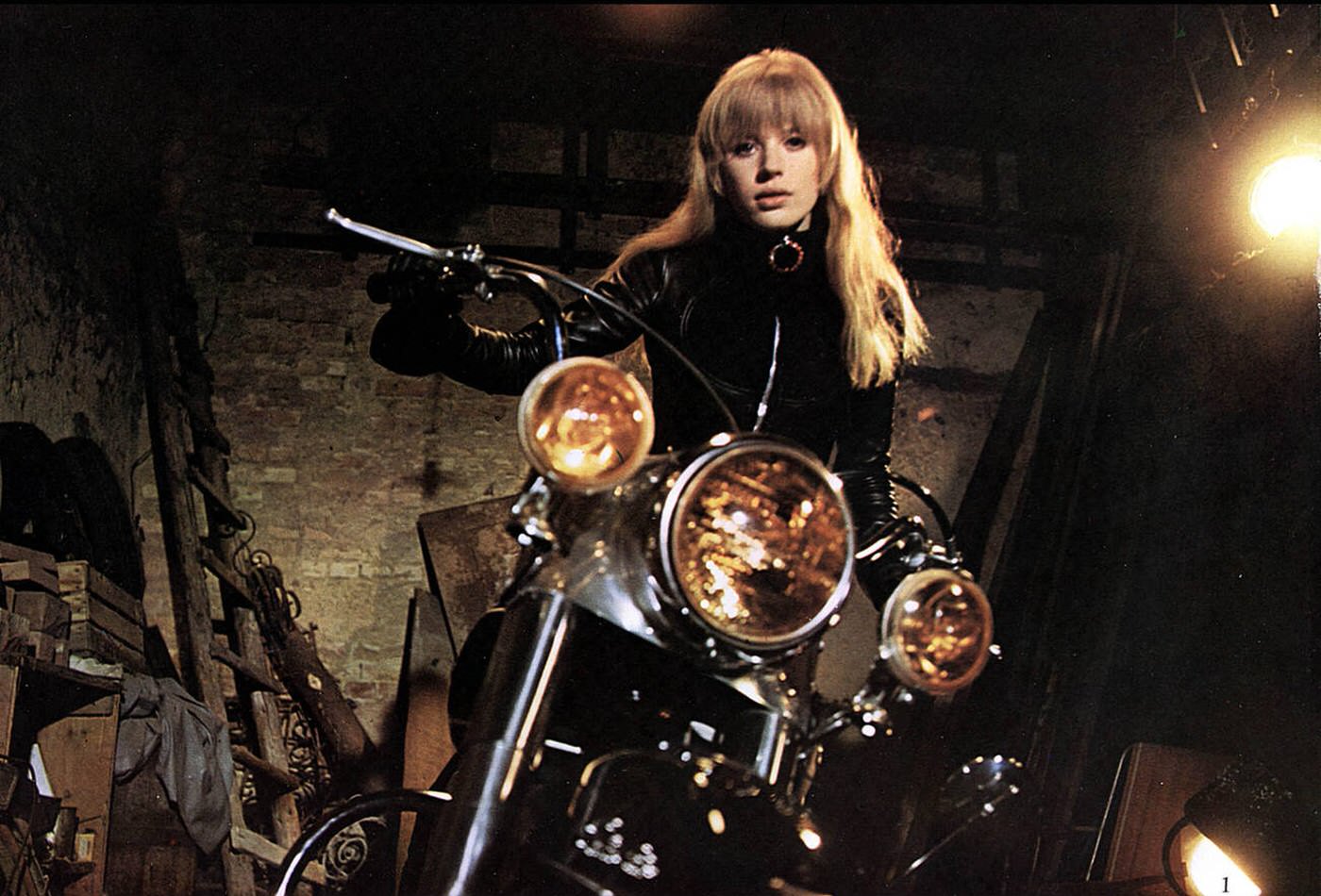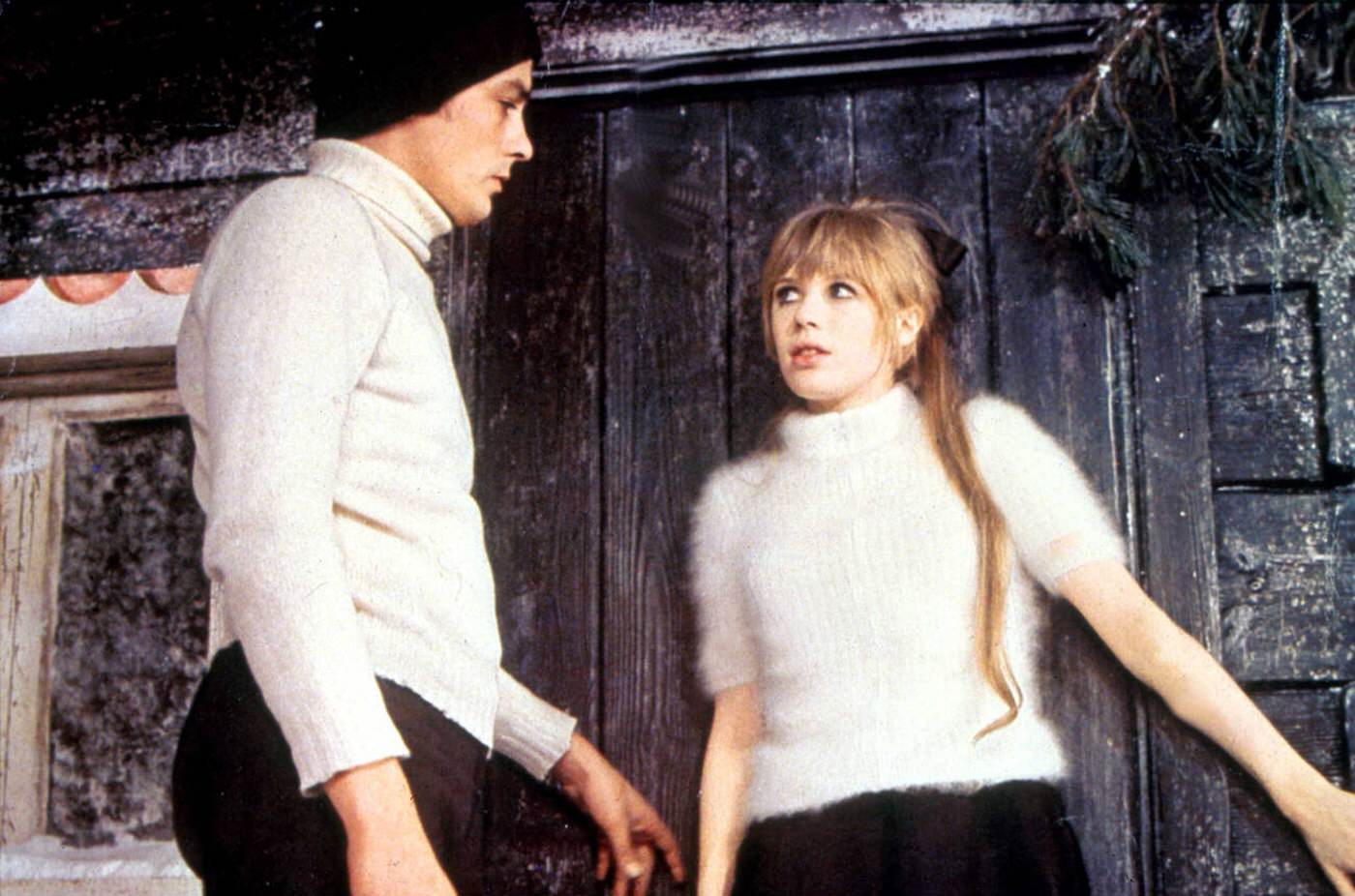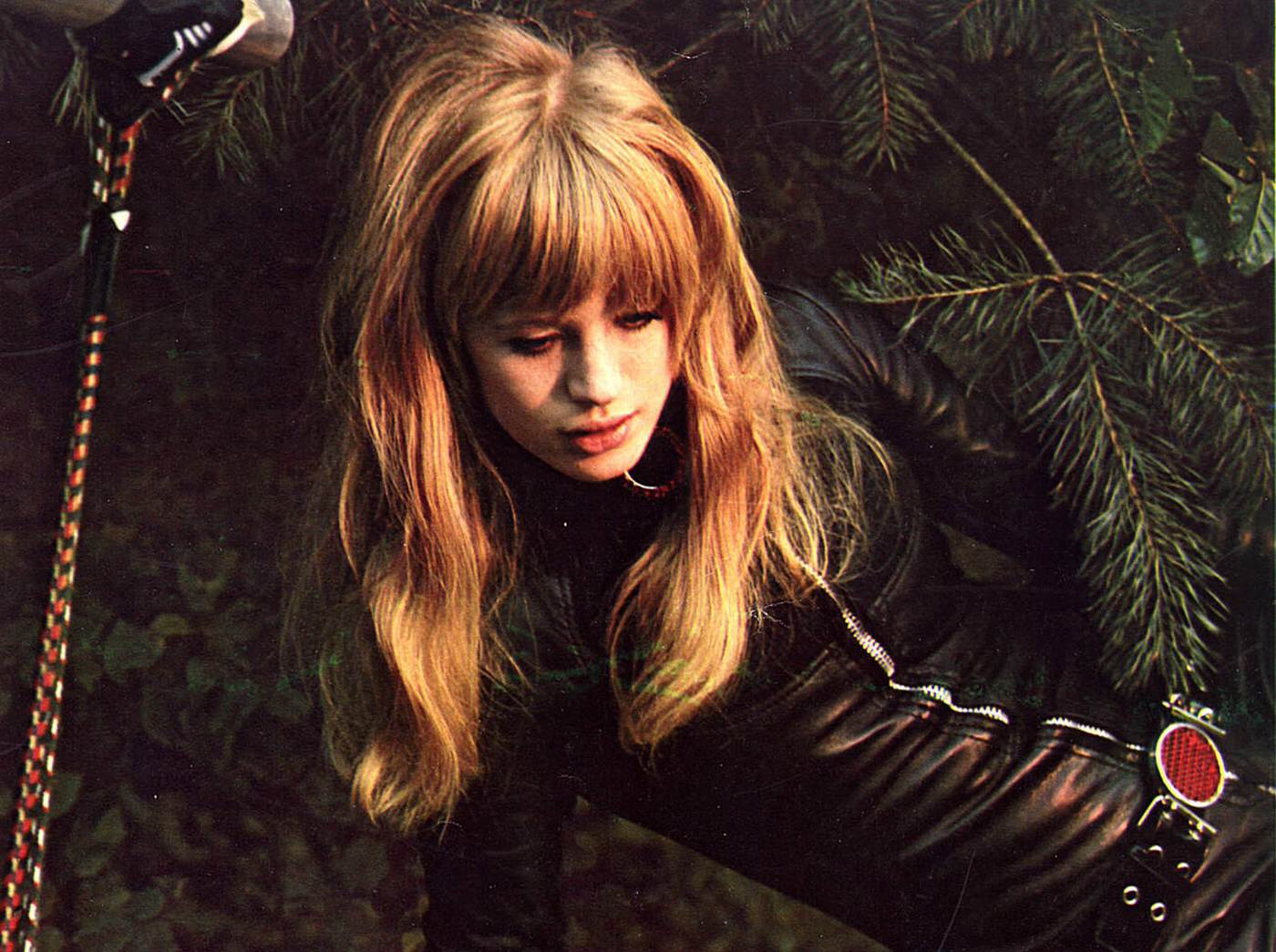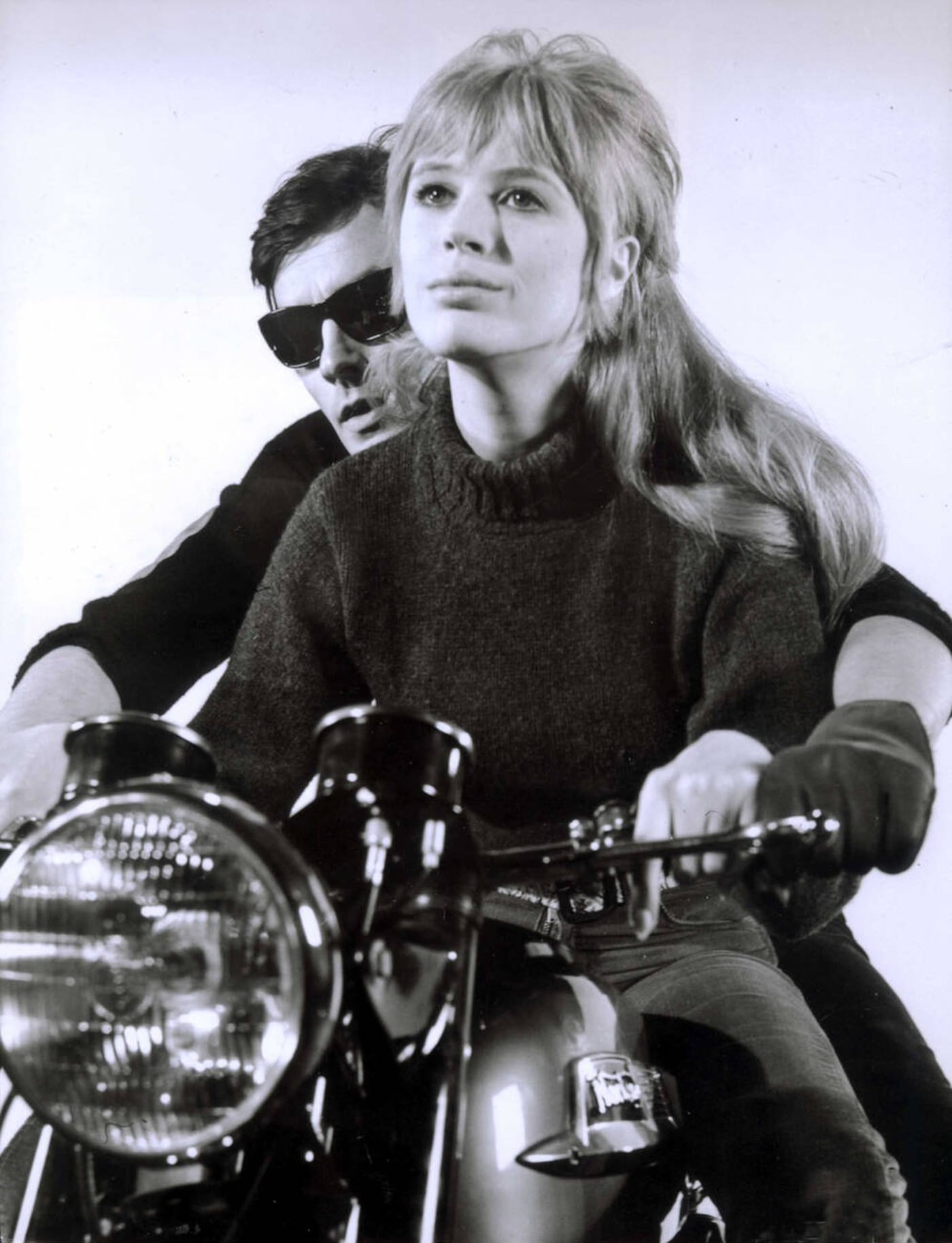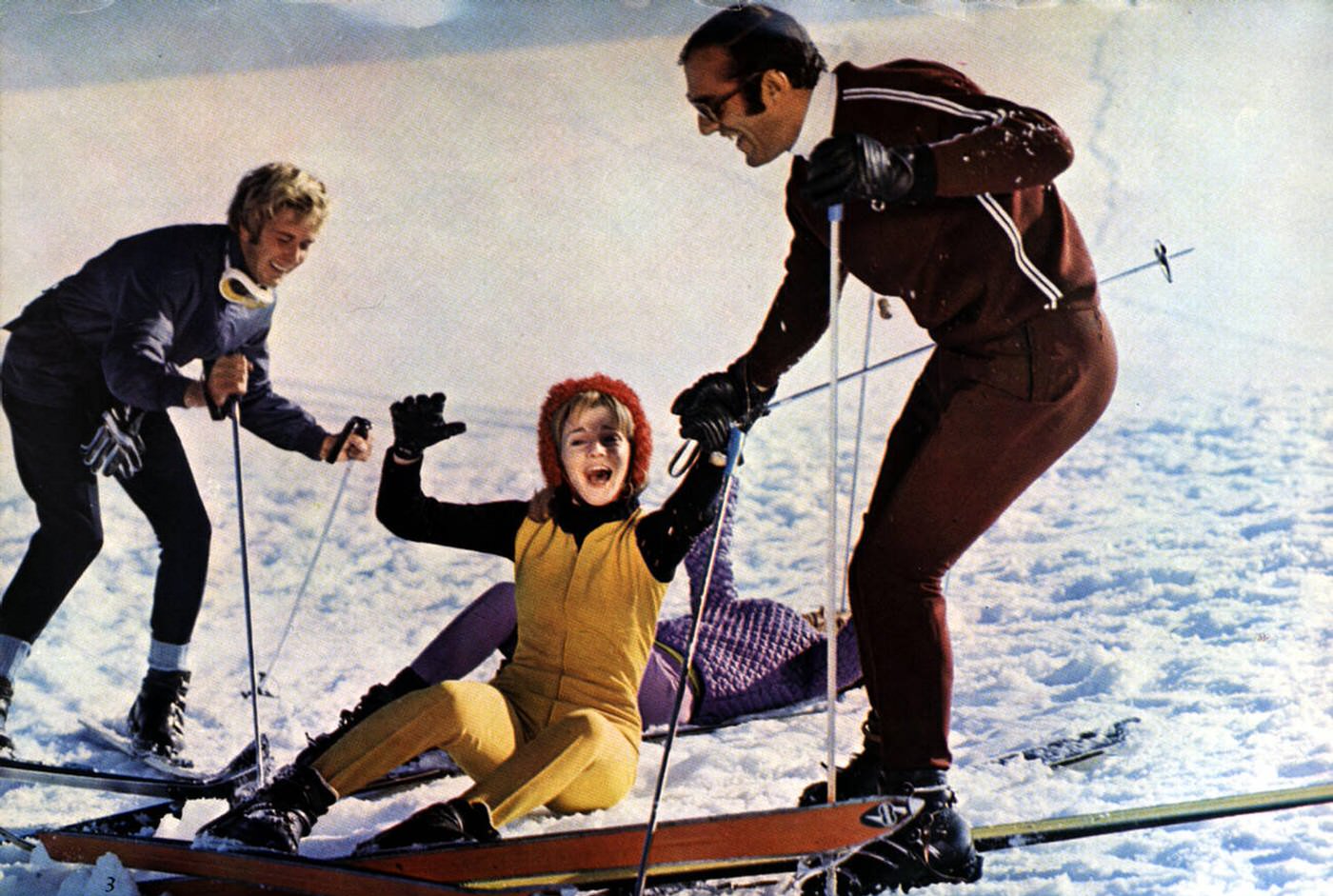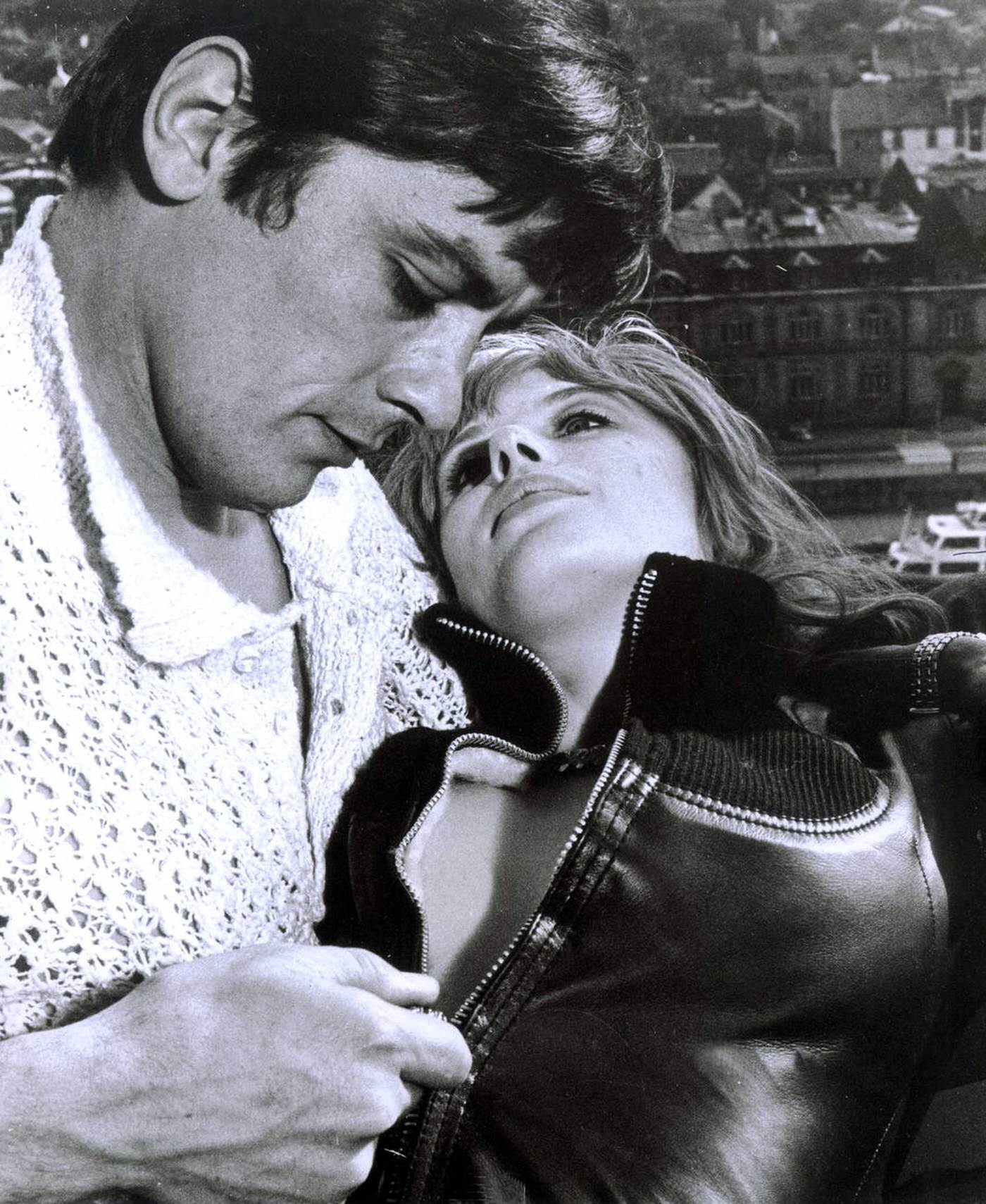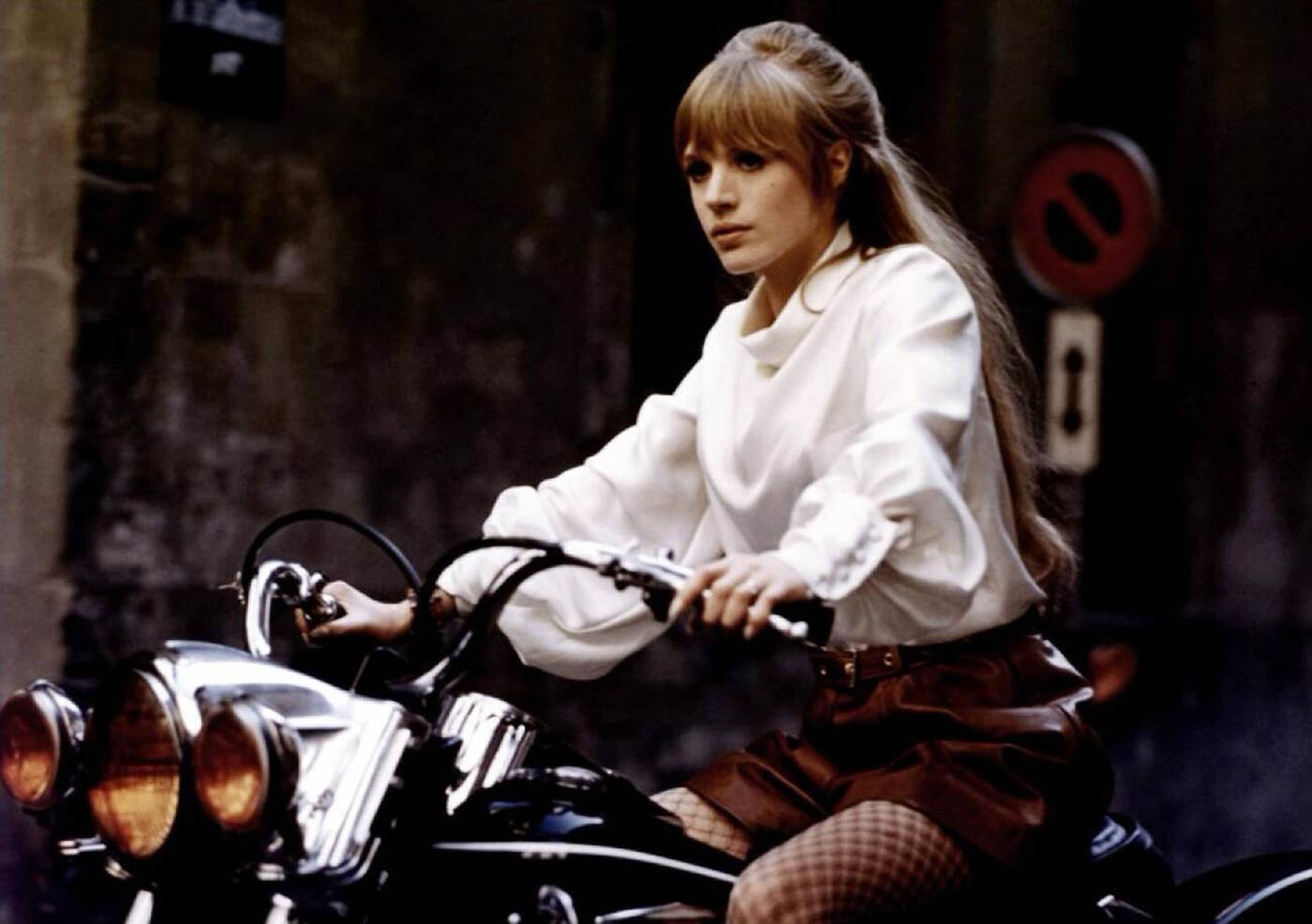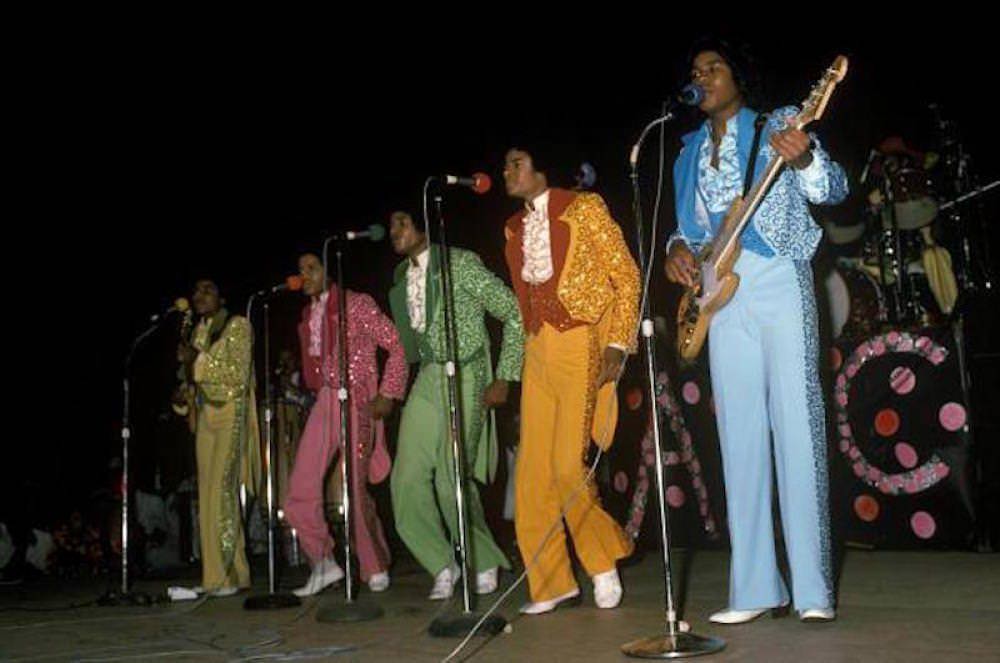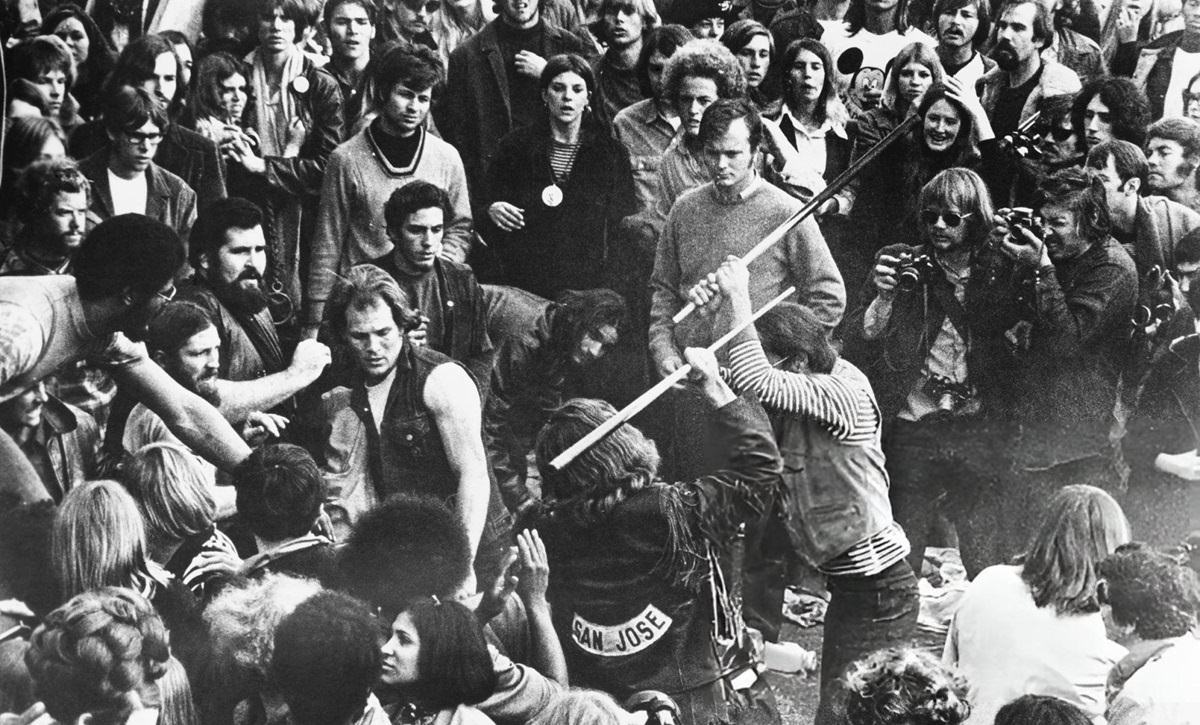In 1968, the film ‘The Girl on a Motorcycle’ presented a bold and visually distinct story centered on a woman’s quest for liberation. Starring singer and actress Marianne Faithfull, the movie broke new ground with its adult themes and experimental style, becoming a notable piece of late-1960s cinema.
The Story of Rebecca
The film’s plot is straightforward and unfolds over the course of a single day. Marianne Faithfull plays Rebecca, a young woman who feels trapped in her comfortable but passionless marriage to a schoolteacher named Raymond. One morning, she decides to leave her home in France and ride her motorcycle to Heidelberg, Germany, to reunite with her lover, a university professor named Daniel, played by Alain Delon.
The journey itself forms the core of the film. As Rebecca rides across the European countryside, her thoughts are revealed to the audience through a continuous internal monologue. She reflects on her relationships with both men—the stable, caring Raymond and the intense, rebellious Daniel. These thoughts are not just simple recollections; they are presented as vivid, dream-like flashbacks that interrupt her ride.
Read more
A Psychedelic Visual Style
‘The Girl on a Motorcycle’ is known for its unique visual approach, created by director Jack Cardiff, who was also a celebrated cinematographer. The film uses distorted colors and solarization effects to represent Rebecca’s inner world and her sensory experiences on the road. When she thinks about Daniel and their passionate encounters, the screen often floods with psychedelic reds, purples, and oranges.
These color shifts signal to the viewer that they are seeing the world through Rebecca’s emotional state. The ordinary scenery of the French and German landscapes is transformed into a vibrant, almost hallucinatory experience. This technique was highly experimental for its time and was a key element in conveying the film’s themes of freedom, desire, and rebellion against conformity.
The Black Leather Suit
Central to the film’s imagery is the black leather catsuit worn by Marianne Faithfull’s character. This one-piece, zip-up suit was her only attire for the entire journey. When she first puts it on, she does so without any clothes underneath, an act that signifies her rejection of convention and her embrace of a more liberated identity.
The leather suit functions as a kind of armor, but also as a symbol of her newfound freedom and sexuality. It became an iconic piece of 1960s film fashion. The motorcycle she rides, a Harley-Davidson Electra Glide, is also a critical part of her character, representing the power and mobility she uses to escape her old life. The film was one of the first to receive an ‘X’ rating in the United Kingdom and an ‘R’ rating in the United States, largely due to its nudity and adult psychological themes.


